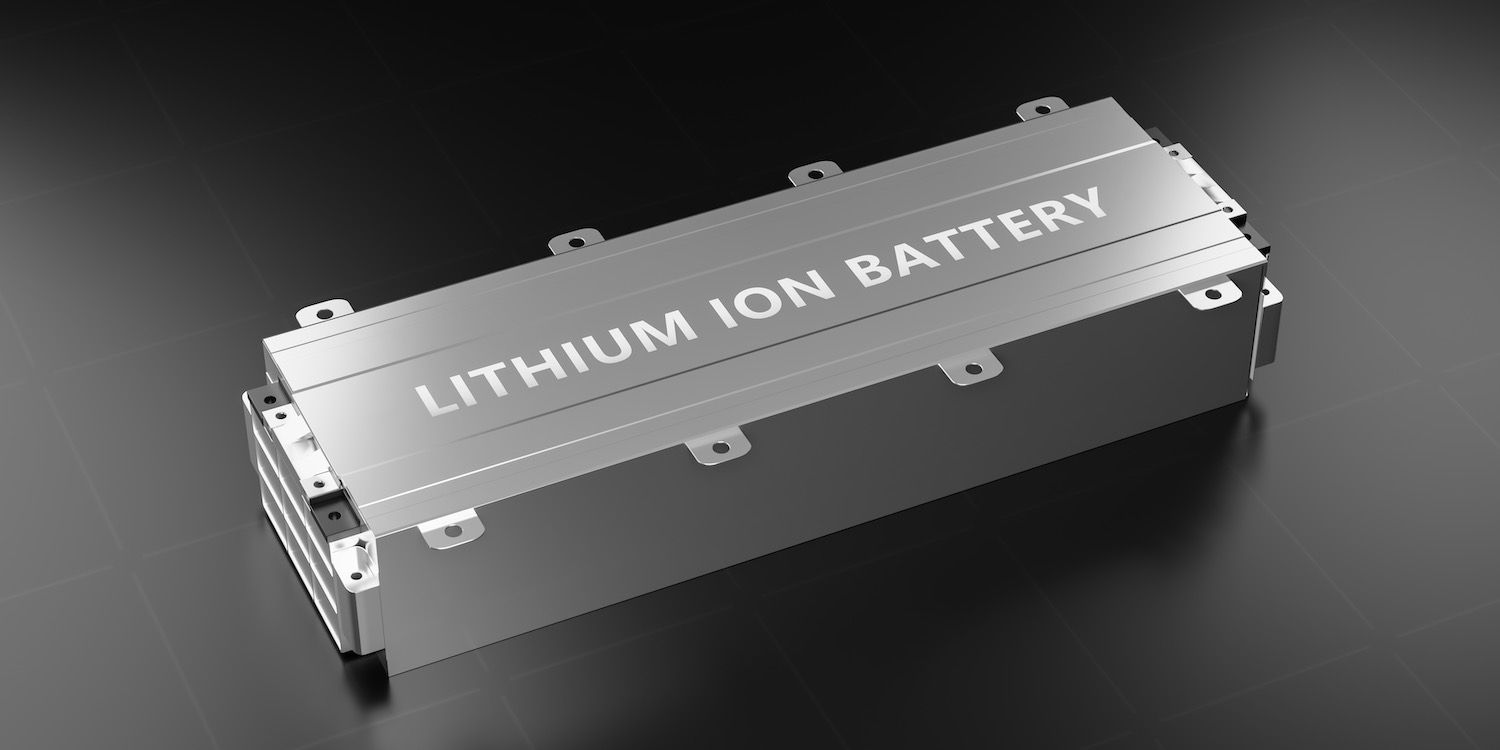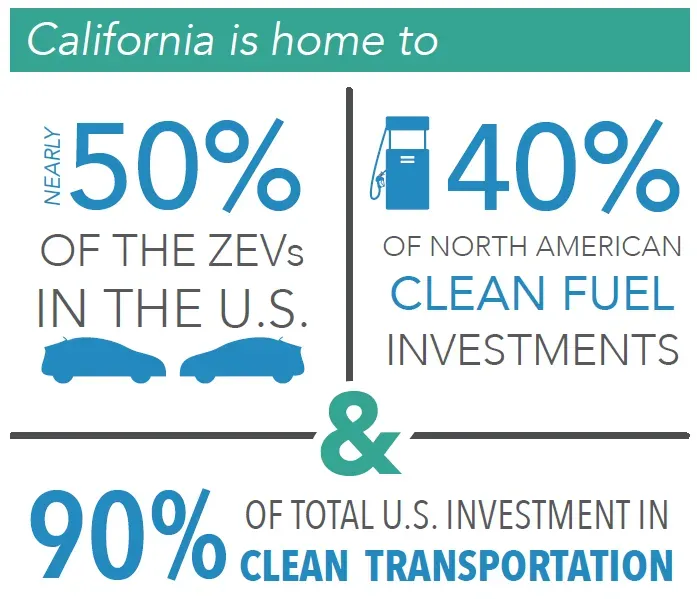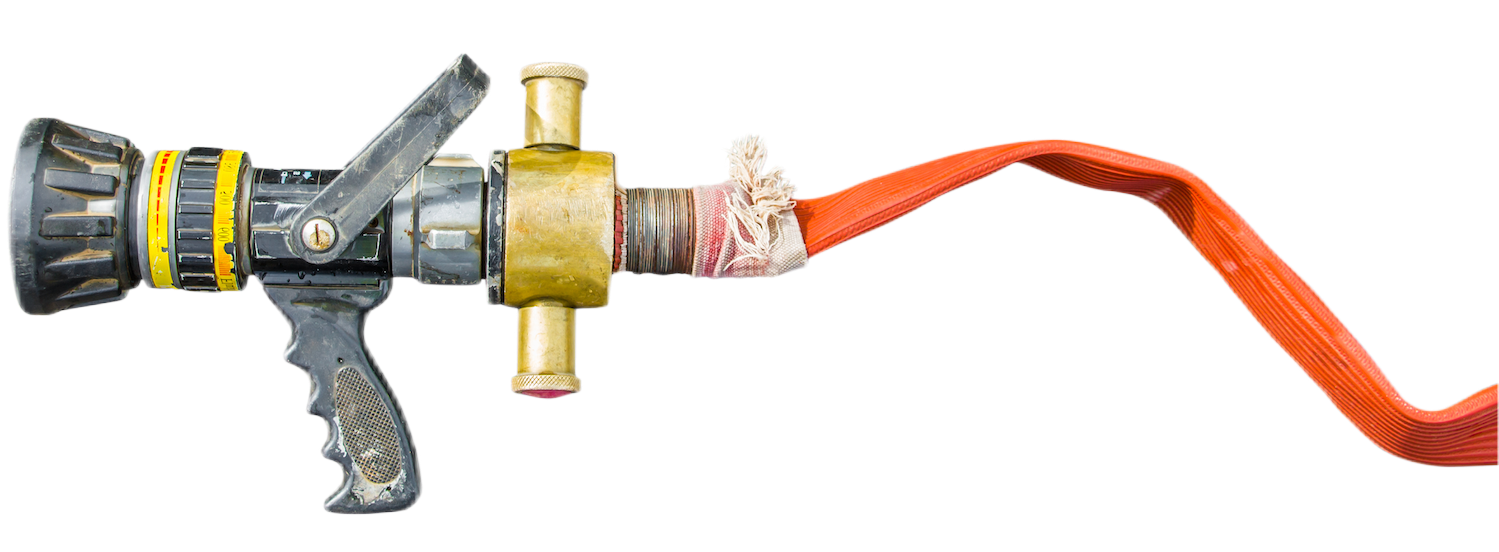Surplus Service - Industry Experts in EV Battery Disposal
We have the expertise and industry experience to be your full-service partner for lithium-ion battery (LIB) disposal.
We service these batteries in 3 different ways
- Reuse
- Transportation for Recycling
- Storage

Reuse
These batteries are not easily recyclable due to the lithium and other harmful components.
At Surplus Service, we firmly believe in upcycling components and materials that could be useful to someone or something.
Keeping our environmental impact low and our standards high. Lead-acid batteries have a 10 times shorter lifespan than lithium-ion batteries, which continue to operate at 80% of rated capacity after 2000 cycles.
Used LIBs will be repurposed as energy storage devices and find new uses in the fields of home services, renewable energy sources, and electric supply.
Following the reuse process, retired LIBs with subpar performance may either be discarded or recycled to recover important components.
Other options include sending them back to the manufacturer for repair/disposal, or dismantling them for reusable plastics and heavy-duty metals.
Transportation for Recycling
We offer end-to-end support on recycling compliance and shipping. Regulations for shipping these batteries are complex & the bigger the battery, the more complicated.
Depending on power capacity, weight, and condition of the LIBs – we can assess how to properly transport for recycling or upcycling.
We offer compliant packaging suited for class 9 material. Batteries over 881lbs are considered [bulk shipment]
It can be extremely difficult to comply across modes of transportation while maintaining efficient and effective operations when shipping large size lithium batteries.
Storage of Batteries
Options regarding compliant storing include wood, plastic, and metal crates. End of life storage for recycling also includes these materials. DDR or defected, damaged, and recalled must follow a high standard for storing and recycling.
Complex, custom-designed packaging is needed for batteries used in electric automobiles. The reason, location, and mode of shipment will determine the best packaging for your battery.



